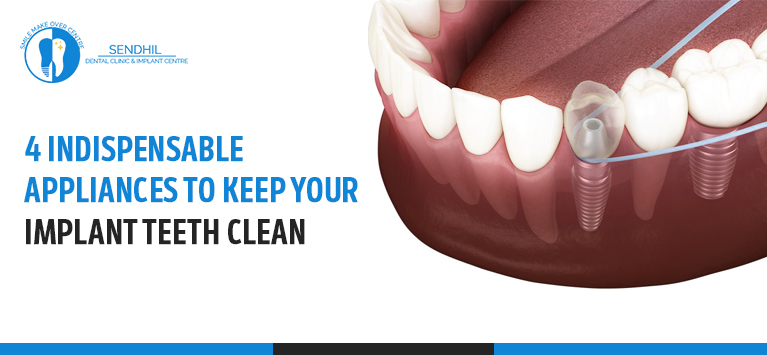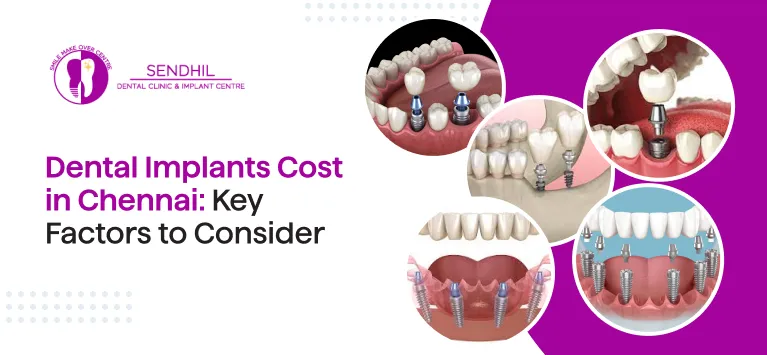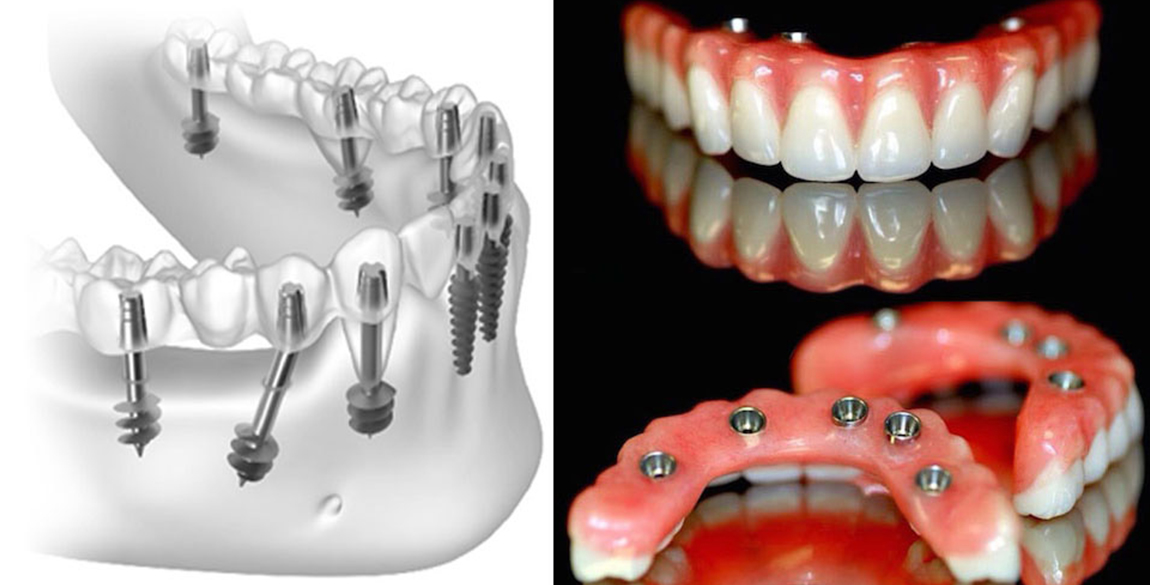What is Subperiosteal Implant?
Implant dentistry is the adequate solution and highly durable solution to replace a missing tooth or an entire arch in the mouth. Fixing dental implants require a strong, healthy bone in the jaw to get rigorous support for the fake tooth fixed. In some cases, the jaw bone that appears healthy while scanning is porous. It complicates the implant surgery.
Subperiosteal implants are the prosthetic appliance for those who do not have healthy or sufficient bone volume in the jaw.
What are Subperiosteal Implants?
Subperiosteal implants consist of a metal framework with posts protruded above the gum surfaces to fix the tooth-like crowns.
In general, the dental implants are surgically inserted into the jaw bone. Unlike the regular implants, the subperiosteal implants are placed just below the gum tissues but above the jaw bone.
The metal framework fixed with the jaw bone over a period of time.
Who can get benefitted with subperiosteal implants?
As mentioned at the beginning of the post, people who do not have enough bone volume in the jaw are convenient for this implant. Likewise, persons whose gum shape and height deteriorated because of the jaw bone loss can also fix implant teeth with a subperiosteal implant.
To get endosteal implants, people with thin or less dense jaw bone have to undergo bone graft surgery to restore the depreciated bone. This is not required for subperiosteal implants because the metal framework sits just on the gum surfaces.
Besides this, it is quite difficult to fix implants to people who have lost most of their teeth in an arch. They also can restore their dentition with this implant without any complication.
What is the procedure involved in fixing subperiosteal implants?
Similar to regular implants, Implantologists fix the subperiosteal implants with a surgical procedure.
In general, fixing subperiosteal implants requires 2 surgical procedures. In the first stage, the gum flap is opened to expose the jaw bone. Then the underlying bone is analyzed along with an impression is taken to fabricate the custom-made metal framework. After this, the treated site is closed with sutures.
The implant is placed in the second visit. The gum tissue is again opened to place the metal framework. In certain cases, small screws are required to hold the implant in the place. Now the tissues are stitched with sutures and exposing the posts protruding over the gums. Then the crowns are mounted on the posts.
How long does the subperiosteal implant last?
The lifetime or durability of this implant is quite less when compared to the regular or endosteal implants. Meanwhile, the implant is also associated with some complications over a period of time.
You need not worry or question the quality of the subperiosteal implants.
Such problems can be prevented with effective oral hygiene routine. Likewise, you should follow the dentist advice and aftercare tips to avoid the infection around the implants.
Conclusion
The Subperiosteal implants have made fixing implant teeth possible for people with thin bone in the jaw. Even though it is not as durable as the endosteal implants, it can effectively restore the speaking, chewing ability like the regular implants. Remember that these implants also require effective care and regular dental check-ups to overcome the obstacles and prolong their longevity.












